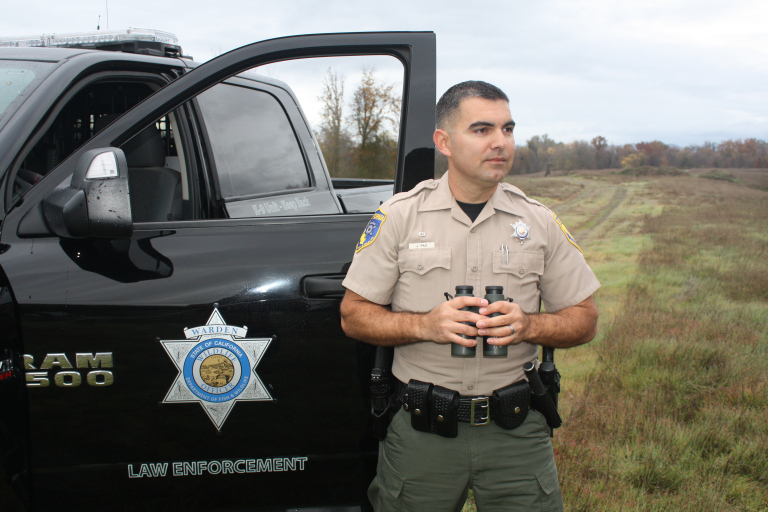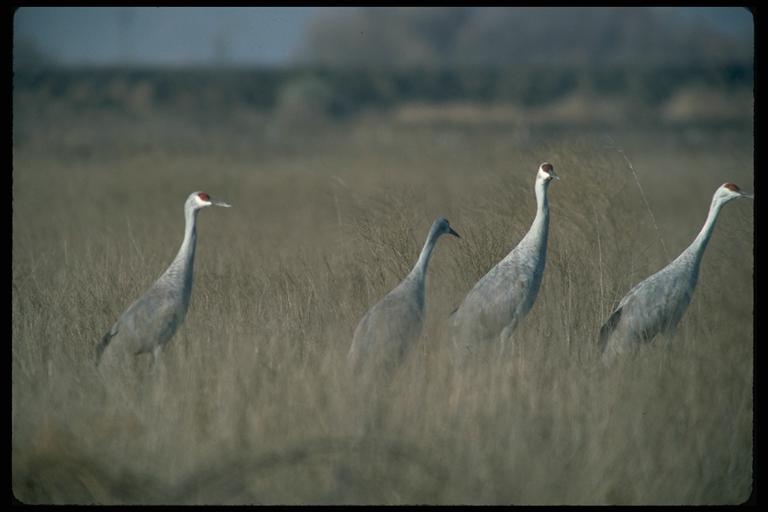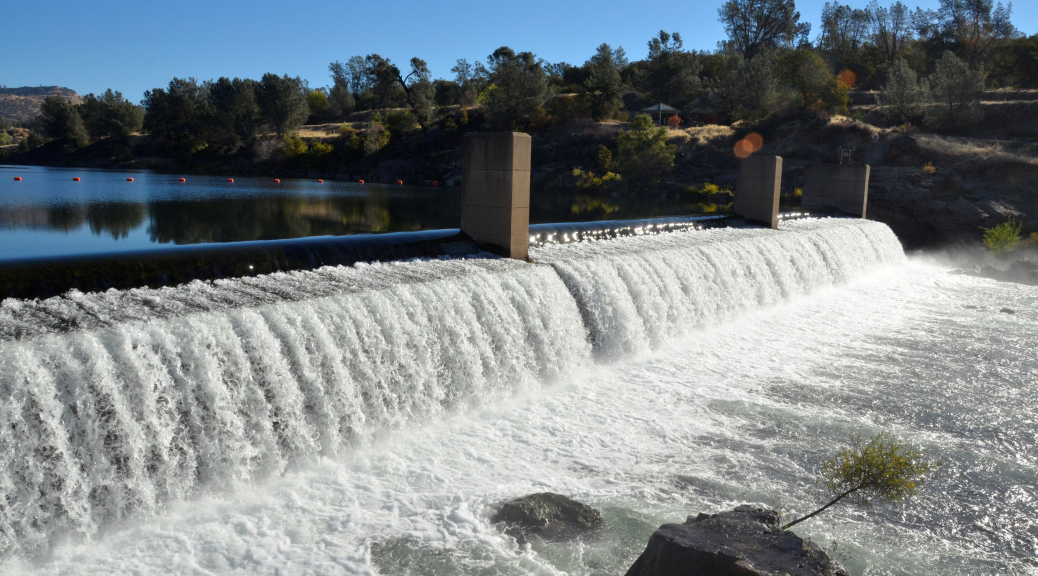How to Apply to Become a Warden Cadet?

by Carrie Wilson
9-21-2017
Website
Question: I spoke to a lieutenant in 2015 at Sacramento Police Department’s “Links to Law Enforcement” job fair. I kept his business card with the informational pamphlet since I am still very interested in a career with the California Department of Fish and Wildlife (CDFW). I am reaching out to you now because I will be graduating from a California State University in December with a Bachelor’s degree in Criminal Justice. I have done some research on the Fish and Wildlife Academy through the CDFW and Butte College websites. Could you help describe the application and background process? (Jacqueline C., Sacramento)
Answer: The good news is your timing is excellent! CDFW’s Law Enforcement Division (LED) is accepting applications for Wildlife Officer (Warden) Cadet through Sept. 30 for the class that begins in January 2019. We are particularly interested in recruiting applicants with a love of the outdoors and a passion for fish and wildlife conservation.
All prospective candidates are encouraged to extensively review materials on the LED website. The application and background process is described there.
If you are interested in becoming a Wildlife Officer Cadet, please apply online at jobs.ca.gov/JOBSGEN/7FG13.PDF by Sept. 30, 2017. These two links describe the application and background process.
CDFW wildlife officers are fully sworn California peace officers with a fundamental duty to serve and protect the public. They have the authority to enforce all California laws, including the Vehicle Code, Penal Code, Health and Safety drug laws and more. The primary mission of a wildlife officer is to enforce wildlife resource laws; to protect California waterways and habitat from destruction, pollution and litter; provide the public with hunting and fishing information; and to promote and coordinate hunter education and safe weapons handling.
Wildlife officers patrol the mountains, valleys, deserts, creeks, streams, rivers and ocean. They frequently work alone and cover both rural and urban areas. California’s diverse ecosystem spans 159,000 square miles divided into 58 counties, with a human population in excess of 39 million. The state has 1,100 miles of coastline, 30,000 miles of rivers and streams, 4,800 lakes and reservoirs and 80 major rivers. Wildlife officers patrol utilizing trucks, ATVs, personal watercraft, boats, snowmobiles and airplanes, making contact with Californians in the great outdoors. Wildlife officers work undercover, conduct surveillances and complete in-depth investigations, including writing and serving search warrants. CDFW LED has numerous specialized teams and assignments including K-9, wildlife trafficking, marijuana eradication, marine patrol and oil spill prevention and response.
Annually, wildlife officers make contact with more than 295,000 people and issue more than 15,000 citations for violations of the law.
Successful applicants for Warden Cadet will attend a Peace Officer Standards of Training (POST) certified law enforcement training academy, conducted by CDFW at Butte College, near Chico. Following the academy, probationary wildlife officers will work with a seasoned field training officer for several weeks, where they learn to apply their training in practical circumstances.
Hunting with a .223 caliber for deer
Question: Deer season opens soon and I’m wondering if I can legally use my Ruger Mini-14 rifle. It is a .223 caliber and has a 10-round capacity magazine. I have a hunting license and tags for D3-5. (James C., Placerville)
Answer: Yes, you can use the rifle you describe. California hunting regulations restrict the cartridge and bullet type for hunting big game, but not the rifle itself. In short, big game may only be taken by rifles using centerfire cartridges with softnose or expanding projectiles. Pay close attention to be sure your .223 bullets fit this description, as most .223 bullets are manufactured with full metal jackets (FMJs), which would be unlawful to use. It is best to buy .223 ammunition manufactured specifically for hunting. See the California Code of Regulations Title 14, section 353 for more details on authorized methods of take for big game.
Your 10-round magazine is also legal to use. The California Penal Code prohibits use of a magazine in excess of 10-round capacity. Good luck on your hunt!
Carrie Wilson is a marine environmental scientist with the California Department of Fish and Wildlife. While she cannot personally answer everyone’s questions, she will select a few to answer each week in this column. Please contact her at CalOutdoors@wildlife.ca.gov.
More Reports

9-20-2017
The online registration period is now open for the California Department of Fish and Wildlife’s (CDFW) popular Sandhill Crane Wetland...... Read More
Feather River Hatchery Salmon Ladder Now Open
Feather River
9-18-2017
The fish ladder at Feather River Hatchery in Oroville opened Monday, Sept. 18, signaling the start of the spawning season on the Feather...... Read More
